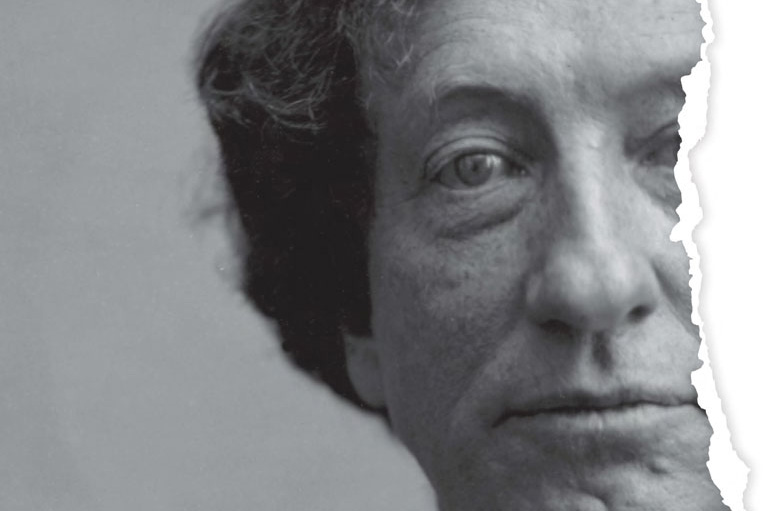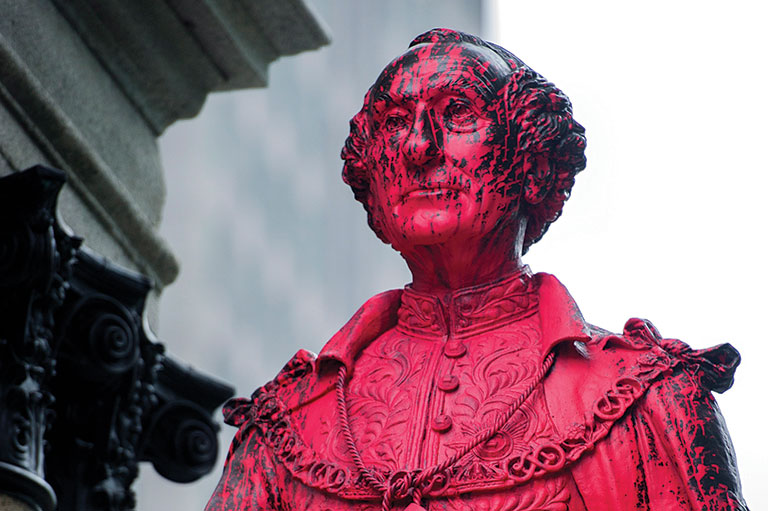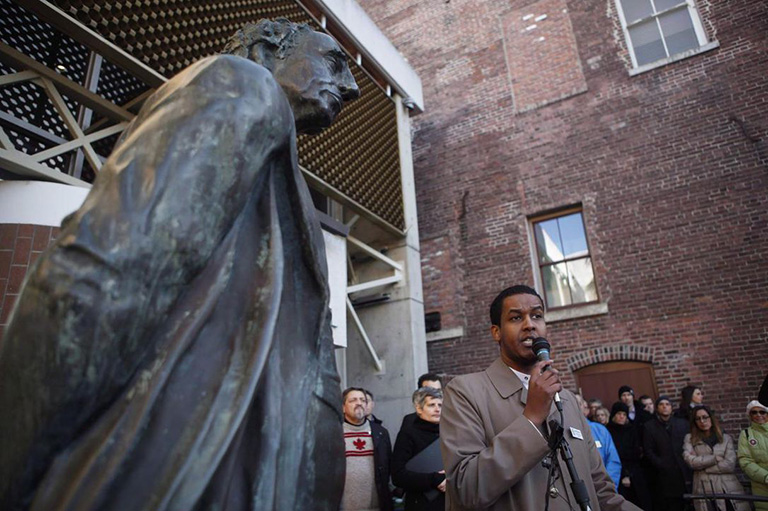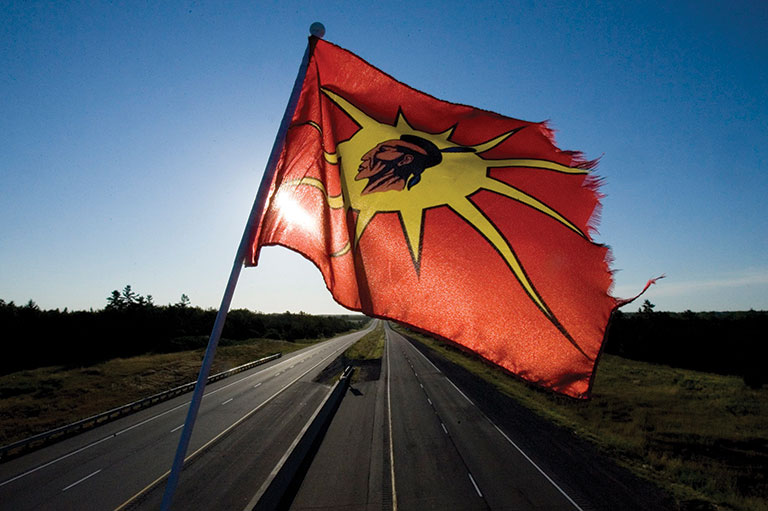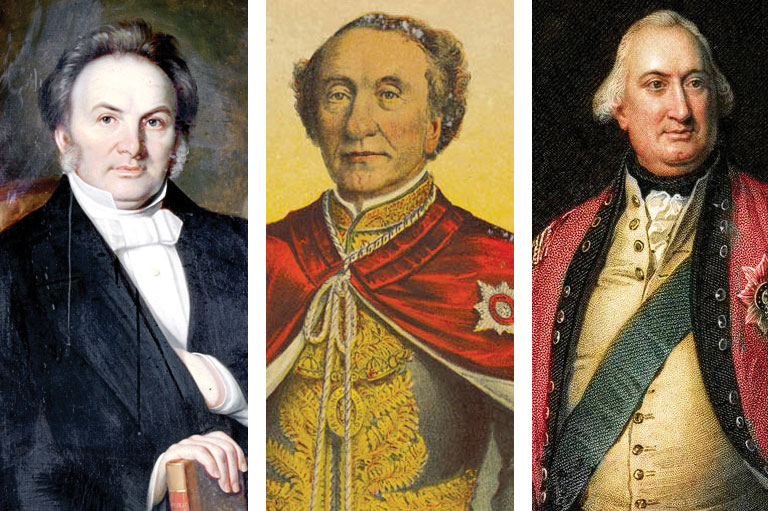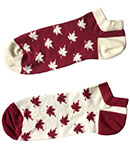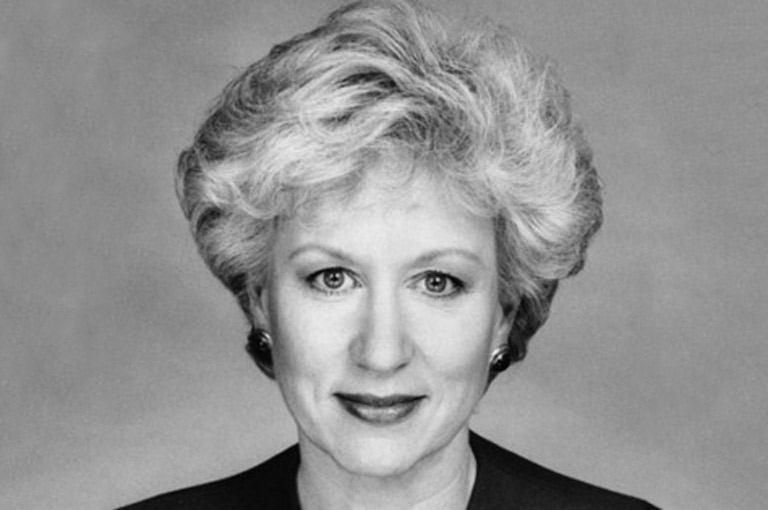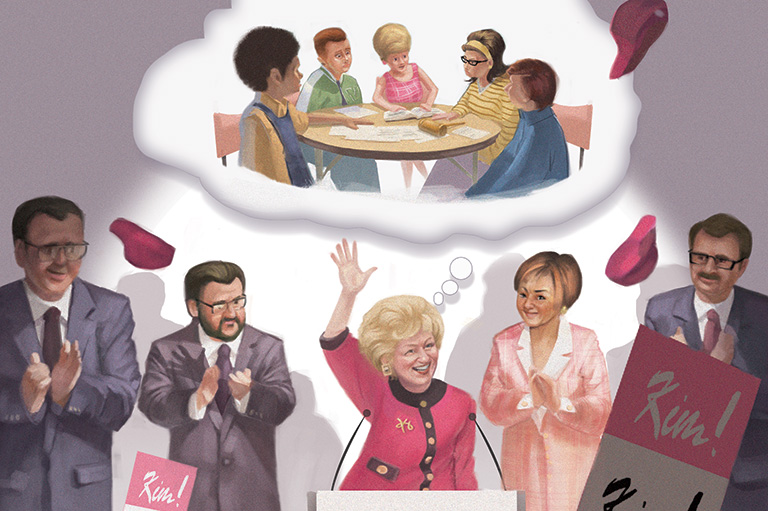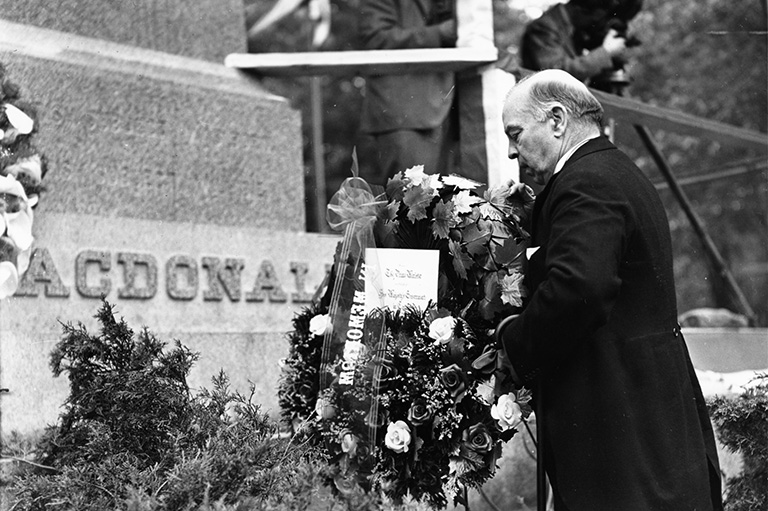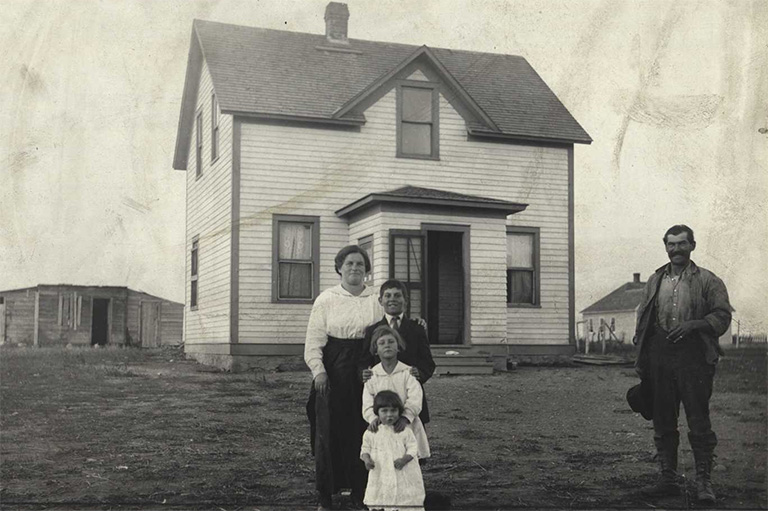Removing Statues Fails to Address Underlying Injustice
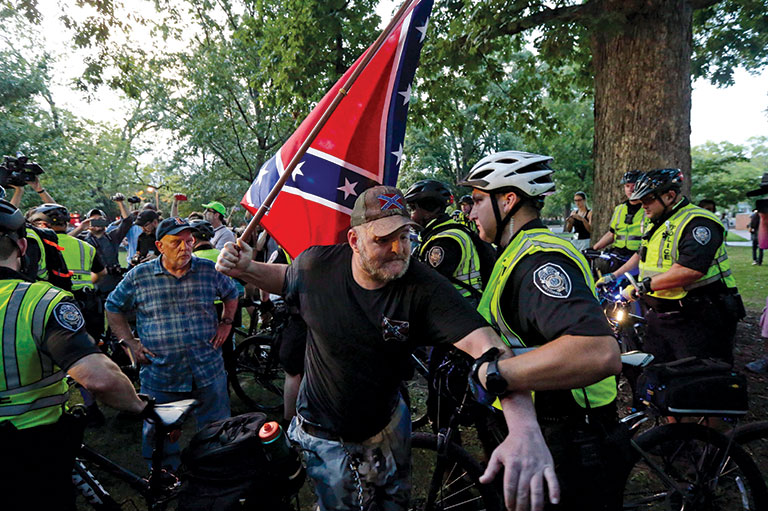
For thinking about controversial statues in public places, the best guide I know is Annette Gordon-Reed. She is both a history professor and a law professor (at Harvard, no less) and is also the winner of a MacArthur “genius grant” and a Pulitzer Prize.
Gordon-Reed’s best-known research established beyond reasonable doubt the intimate relationship between American founding father Thomas Jefferson and his slave Sally Hemings, the mother of several of his children.
Does Gordon-Reed, herself African-American, believe that Jefferson’s staggering hypocrisy — declaring it “self-evident, that all men are created equal,” while keeping his own children in bondage — disqualifies him from a place on any pedestal anywhere? Surely she ought to be glad to see Jefferson statues toppled along with those of Confederate generals who fought to maintain slavery?
Not at all. “We can distinguish between people who wanted to build the United States of America and people who wanted to destroy it,” she said. “It’s possible to recognize people’s contributions at the same time as recognizing their flaws.”
Indeed, Gordon-Reed praised the citizens of Charlottesville, Virginia, who in 2017 rallied to protect Jefferson’s statue there from the neo-Nazis and racists who tried to claim him as one of their own. The defenders of Jefferson’s statue, she said, were upholding the best of his legacy to the United States.
Gordon-Reed’s knowledge of Jefferson’s failings is profound, but she believes that his declaration of human equality remains a pillar of American democracy. Americans, she declares, can honour the statesman who proclaimed equality, even as they deplore his other traits and practices.
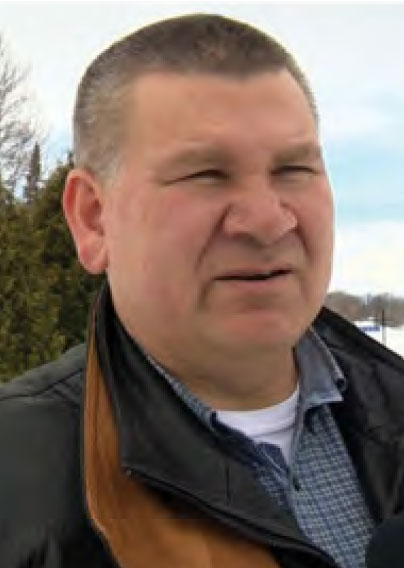
Can we apply a similar rule in Canada? In Montreal, the Mohawk teacher and activist Michael Rice accepts the existence of plaques and statues that honour Governor Paul Chomedey de Maisonneuve for his contributions to founding French Montreal in the 1640s.
But, he argues, they should be balanced by some acknowledgment that the Mohawk chiefs whom Maisonneuve killed in the process were honourably defending Rice’s ancestors and their homeland. That would be restoring history, not erasing it.
And John A. Macdonald? I’ve never been keen on the desire for a Canadian “father of his country” to mimic George Washington’s role in American legend. Confederation was a collective achievement, and Macdonald (and other prime ministers) are well represented among our statuary.
For new statues, I prefer ones like that of poet Al Purdy in Toronto, or musician Gordon Lightfoot in Orillia, Ontario, or the sculptures that honour First Nations history on the west coast. Macdonald’s flaws are part of his history. But the statues of him honour significant positive achievements on behalf of Canada.
Macdonald sometimes built better than he knew. He helped to draft Section 91.24 of the British North America Act, which binds Canada to a Treaty relationship with First Nations. His Indian Act and his role in the starvation and dispossession of First Nations dishonoured that commitment, but the commitment endures; we are all Treaty people. Respectful adherence to the Treaties can be our way forward to reconciliation.
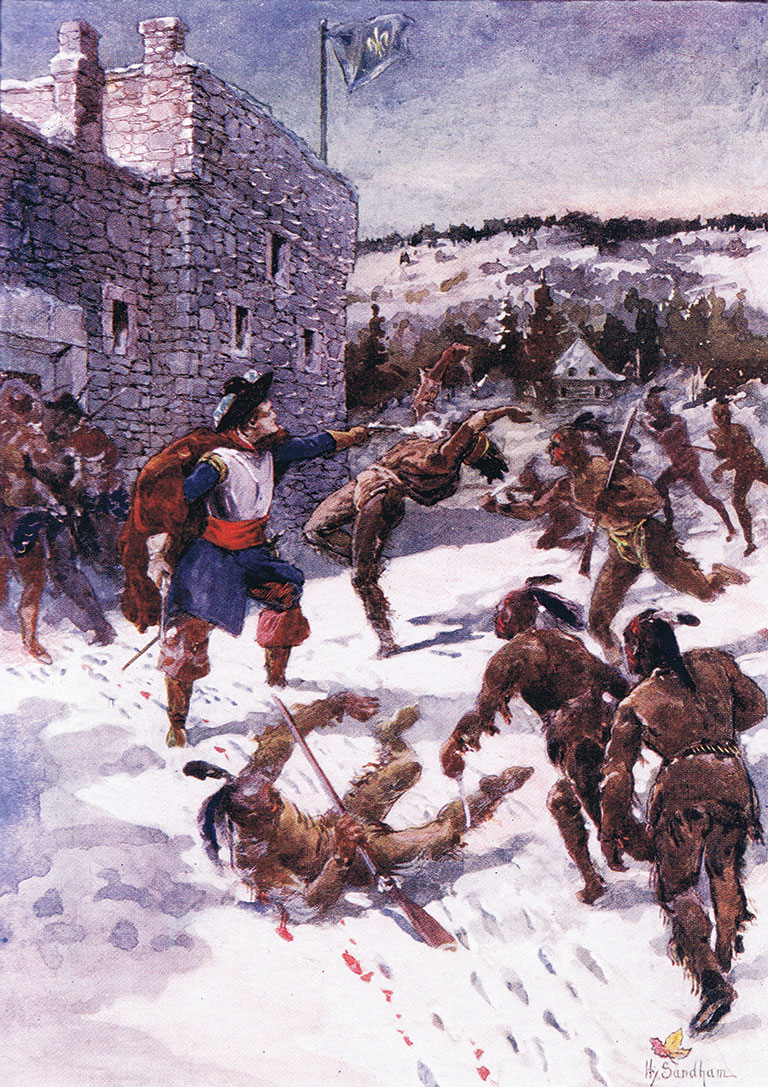
In his failure to maintain Canada’s Treaty commitments, Macdonald actually resembles today’s Canadians. It is not shameful to respect John A. Macdonald’s contribution to the building of Canadian Confederation or his years as prime minister.
What would be shameful would be to remove Macdonald statues around the country — without addressing Canada’s responsibility for the poverty, dispossession, and alienation of Indigenous peoples that he helped to create and that we maintain.
Macdonald was a politician to his fingertips. In his time, and in defiance of the sharing agreements that were promised when the Treaties were negotiated, Canadian governments with broad popular support dispossessed First Nations of their territories and made it impossible for them to run their own affairs or to generate the revenues they required.
When he helped to make starvation into a tool of coercion on the prairies, he was pursuing policies that were accepted by the Canadian electorate of the times — by us, in effect.
The way to redress that situation is to address the underlying wrong. It would be the height of hypocrisy to hide the Macdonald statues while we still accept the Indigenous poverty and dispossession he allowed to develop.
When we do away with the injustices that keep First Nations dispossessed in their own land, we will be better positioned to recognize the enduring achievements of John A. Macdonald — and of Canada.
In 2015, the Truth and Reconciliation Commission of Canada made ninety-four “calls to action” that could lead toward reconciliation. None of the ninety-four involves removing statues — though they do call for more acknowledgment of Indigenous history. Mostly they affirm the need for “a nation-to-nation relationship between Aboriginal people and the Crown.”
Until we build that relationship, we have no grounds for thinking the meaningless removal of a few statues will have any positive consequences.
We hope you’ll help us continue to share fascinating stories about Canada’s past by making a donation to Canada’s History Society today.
We highlight our nation’s diverse past by telling stories that illuminate the people, places, and events that unite us as Canadians, and by making those stories accessible to everyone through our free online content.
We are a registered charity that depends on contributions from readers like you to share inspiring and informative stories with students and citizens of all ages — award-winning stories written by Canada’s top historians, authors, journalists, and history enthusiasts.
Any amount helps, or better yet, start a monthly donation today. Your support makes all the difference. Thank you!
Themes associated with this article
Advertisement
The Trials of John A.

Canada’s History Archive, featuring The Beaver, is now available for your browsing and searching pleasure!

